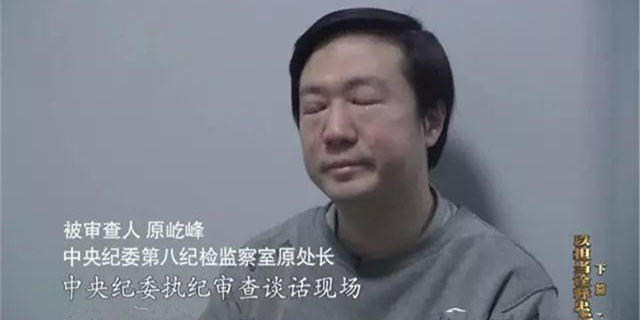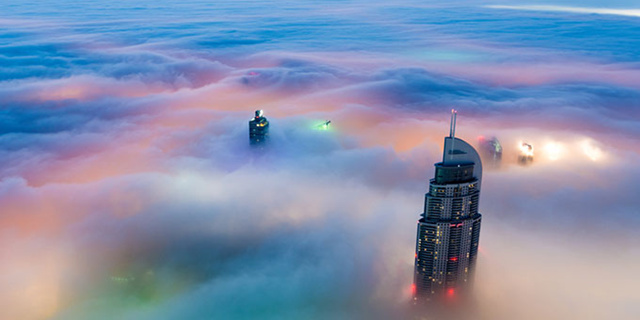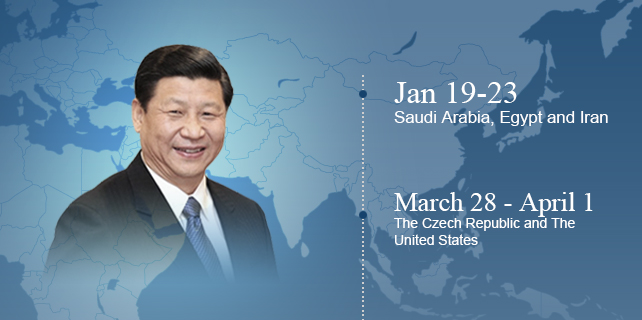Government needs better understanding of health
Common myths explained
Golden train
A high-speed train traveling from Xuzhou, Jiangsu province, to Beijing was tainted yellow and covered with dust due to passing through smoggy regions, according to a picture released on Wednesday.
Explanation
Sun Zhang, a professor at Tongji University's Institute of Rail Transit, said: "The fine particulate matter in smog can form electric conductors or semi-electric conductors if the concentration is quite dense. In severe air pollution, it can cause a pollution flashover, where the conductors give off heat that burns the metal particles in the air and sticks to the surface of a train, making it look dirty.
"In addition, the air pres-sure generated at such high speed draws fine particles and dust to a train's surface."
Smog generator
If a humidifier used drinking water instead of purified water, the mist would make the PM2.5 concentration levels soar. In addition, calcium and magnesium ions and microorganisms in drinking water would be released, contaminating the air quality indoors.
Explanation
Zhao Feihong, head of the Beijing Health Care Association's drinking water committee, said: "Drinking water has been processed and sanitized, making it impossible for it to have any pathogenic microorganisms.
"It's true that there would be some white powder left inside the humidifier or on some surfaces because of the calcium and magnesium ions in the drinking water, but they are not pollutants like those found in smog."
Peng Yingdeng, a researcher from the Beijing Research Institute of Environmental Protection, said methods used to measure so-called soaring PM2.5 concentration levels created after using drinking water in humidifiers are not scientific or authentic, creating misleading results.
Burning gas
A study conducted three-years ago said burning gas could generate large quantities of vapors in the air, which could combine with airborne pollutants to cause smog. Some people said gas consumption could discharge nitrogen oxides, worsening air pollution and proving gas is not clean energy.
Explanation
Wang Zifa, a researcher at the Chinese Academy of Sciences' Institute of Atmospheric Physics, said: "Based on current gas consumption in China, vapor generated totals 300 million metric tons annually. If all of the vapor was turned into water, which is impossible, it would only account for the equivalent of one-millienth of China's annual rainfall, too small to make difference."
Feng Yinchang, an environmental professor at Nan-kai University, said that many cities have installed equipment to reduce nitrogen oxides, which have helped keep emissions under control.
















